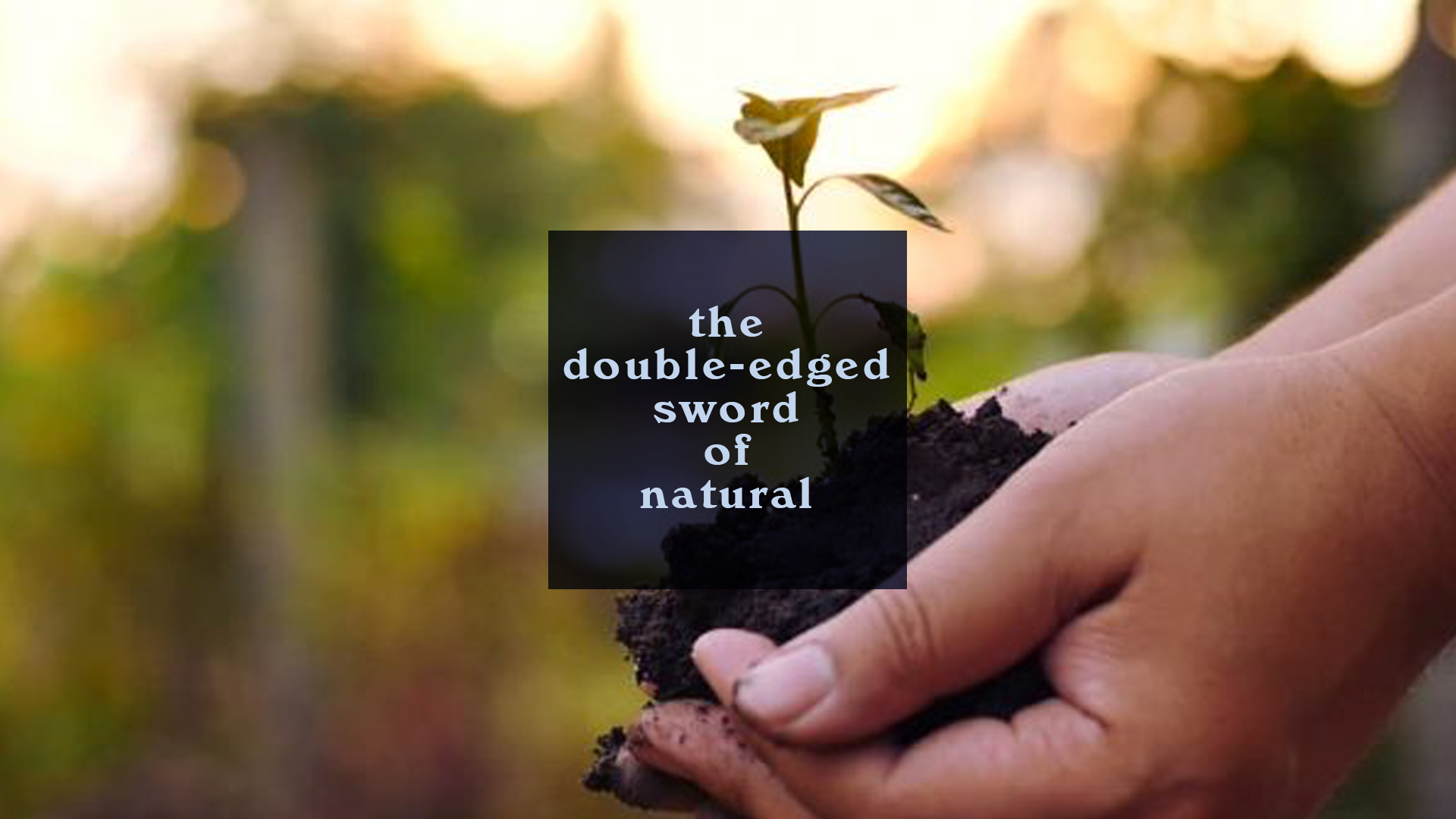Bringing Sunshine to Supplements: Reviving a Legacy Brand
How do you help a brand with a rich history find a brighter tomorrow? A closer look at the Nature's Life brand redesign.

Since the dawn of man, we’ve been obsessed with food, and if you need evidence in this day and age, look no further than a millennial’s Instagram. Food has and will always be a means of survival, but for many, foods role has evolved from sustenance to enjoyment. Prominent trends such as Transparency, Veganism, Mindfulness, Freshness are at the forefront. One Master Trend overrules them all simplicity in food. We all win... Or do we?We're in a race to the bottom of an ingredient list. We are removing as much over-processing as possible.


These are all good things, but... In the process, an important equity has been lost - taste differentiation. Which is something Big Food always benefitted from.

And for decades, Big Food has built brands on the pleasure of taste… irreproducible, proprietary, unnatural but ultimately delicious taste. A locavore or organictarian, with a gun to its head, would choose an Oreo over a private label knockoff, no questions asked. A Dorito over a cheese flavored tortilla chip. A Coke over cola. Intensive food science, heavy processing and laboratories that double as “kitchens” gave way to these patented, competitive brand advantages. These fabricated flavors turned products into household names, and ultimately billion-dollar brands. Yet the same practice that built Big Food up, is now responsible for its demise and vilification.

Less Ingredients + Less Processing + Less Engineering = Commodities. So the natural foods industry is now faced with answering the tough question of how do you democratize natural food without falling victim to the dreaded C-word; commoditization? How do you build a meaningful brand without the type of flavor differentiation Big Food benefitted from?

Commodities around the perimeter of a store, are often comprised of an ingredient derived from a whole food, or in some instances are the whole food themselves. Oats, kale, coconuts and nut butters. All are grocery store staples that we pay little attention to in their raw state, because they inherently lack emotional value. They’re interchangeable, subject to price wars, lack loyalty and above all don’t tell a compelling story.Design, used correctly, becomes a powerful storytelling tool that transcends simply WHAT a product is and shifts the focus to the WHY of a brand. Design with the WHY in mind and you transform those same commodities into valuable brands like Bob’s Red Mill, Rhythm Superfoods, Dang Foods and Justin’s Nut Butters. Other commodity based brands like Cuties, Wonderful Pistachios and Driscoll’s have all leveraged the power of design to create trust, personality or commitment, within their sleepy produce categories. In a competitive void, like produce, design makes a big difference to both consumers and a company’s bottom line.

The real challenge however is in the center-aisle of grocery. Dozens of extremely crowded and competitive categories exist here and suffer from flavor homogeny. Categories like water, juice and chocolate - to nuts, sweeteners and seasonings. Many middle-of-americans would argue that granola is granola, popcorn is popcorn, orange juice is orange juice. Perception is reality. Design, however, can counteract misperceptions by augmenting other meaningful tenants of a brand, like personality, aspirations or founder/origin story to distance themselves from like-products. BoomChickaPop disrupted the popcorn category by highlighting its personality to stand apart from the cohort of other equally tasty options. Fiji Water romanced its exotic, unadulterated purity and origin to capture market share in a sea of sameness. Kind revolutionized the bar through transparency and wholesomeness, something Cliff and even Nature Valley now mimic. Mast Brothers put the art in artisan chocolate, now widely adopted by the category. All of these center-aisle brands used strategic design to rise above the noise and competition to create a compelling proposition outside of taste alone.

As waves of new, more natural, cleaner and better-for-us food companies enter the market, they too will face growing product ambiguity. We’re in the midst of a convergence of sameness as everyone races to the bottom of the clean, transparent, simple ingredient pantry. If we pair that with a race to bottom on price, driven by commodity branding, we’ll allow Big Food to organic-ize their products, filling a brand void with Organic Gatorade and Organic Doritos. Instead, let’s prioritize values-driven consumerism. Let’s support principles with our immense purchasing power. We all have a huge opportunity to take the reigns of our industry. Bets are being placed on the natural future, as evidence by funded or acquired brands like Whitewave, Annie’s, Suja or Krave. And we don’t get there by talking about product. We get there by enabling design as a means of connecting with others, emotionally, even philosophically. This will be natural and organics true competitive edge. Because we all lose when we’re having the same dialogue about product. Instead, design can provoke new conversations, allowing the destiny of the food and beverage world to be a more beautiful, inspired and human place.
Future proof your brand.
Contact Us